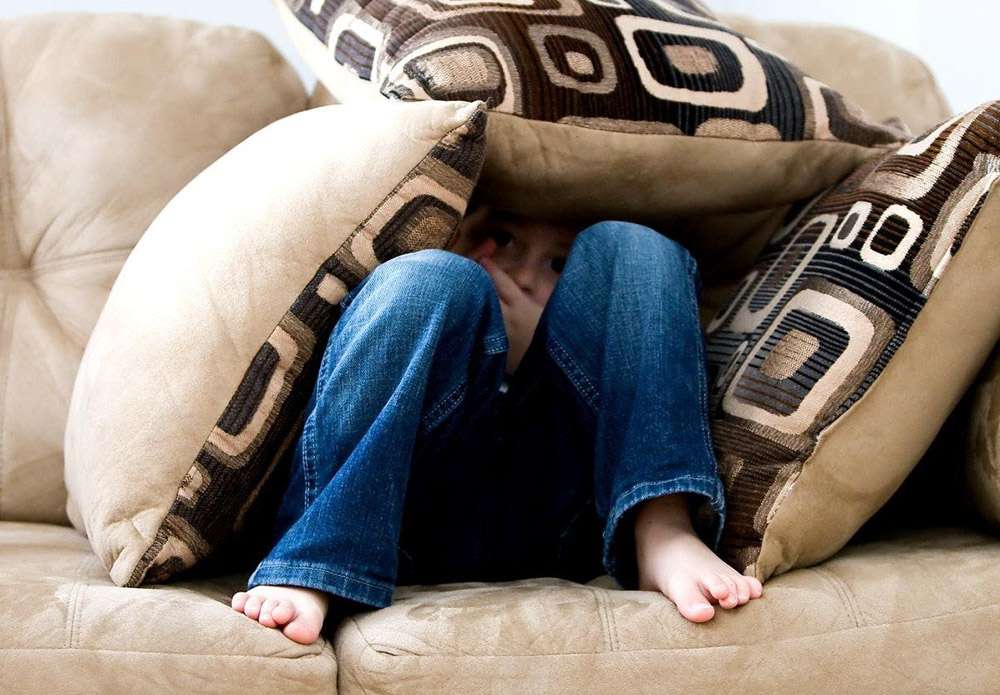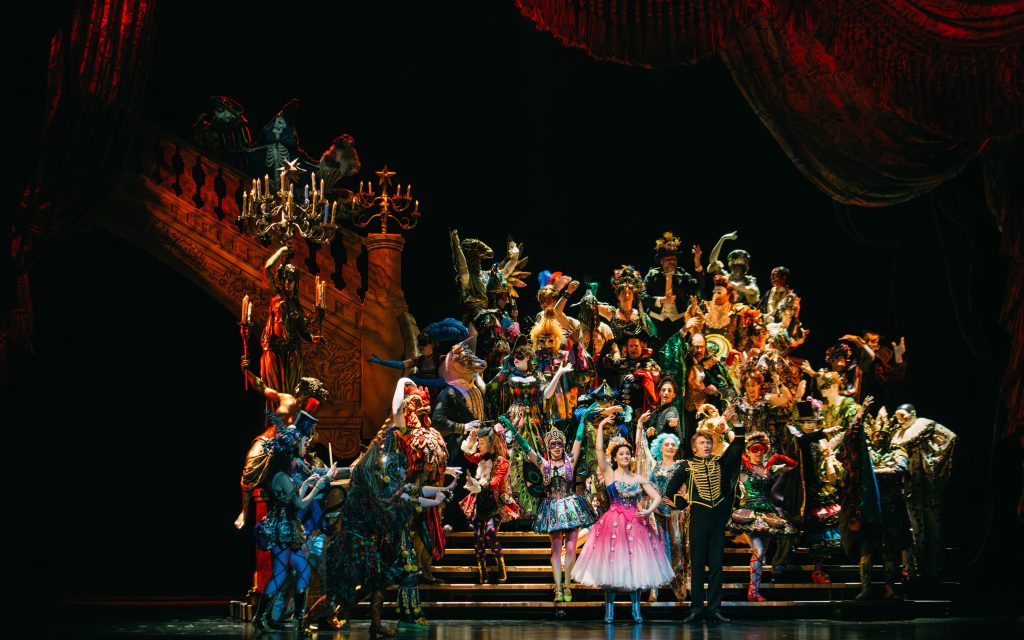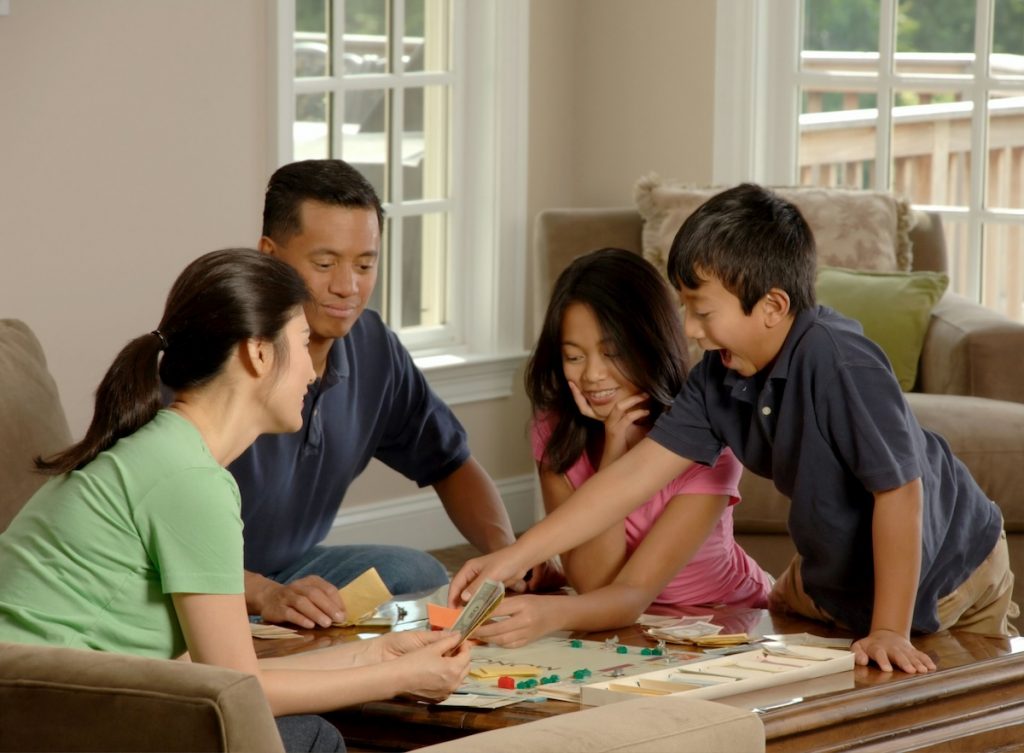From separation anxiety, to real world disasters, to scary monsters, kids will go through a whole slew of fears from the time they are born all the way to adolescence. Some fears escalate to phobias, while others remain as underlying discomfort that can occur at random or be triggered by specific events. Whatever it is, as their awareness of the world increases, you would expect fears to seep in. However, take heart, as new worries also mean that your little one is growing more independent. Here’s our age by age guide to the more common fears in kids and ways in which you can help them.
Baby & Toddler: 0-2 years
Loud noises startle babies as their sensory system is not fully developed yet. Thunder, flushing toilets, slamming of doors, car alarms, or merely a loud rumbling garbage truck, these may cause discomfort in infants and even toddlers. This fear can escalate through repeated experiences or mere association.
Separation anxiety is also evident at this stage and peaks around 6 to 8 months when they realise that when things disappear, they actually still exist. They will start to feel anxious when you are gone and grapple with when they will be able to see you again. This fear of separating from you can dissipate within months or may even persist up till 5 or 6 years old.
Fear of strangers also increases around 8 to 10 months as they begin to differentiate the familiar with the unfamiliar. They will know the difference between those whom they are closely connected and the rest of the world, based on physical appearance, voice, and also what those connections mean to them. Separation anxiety and stranger anxiety seem to co-exist and this can be tough especially when you need to be away from them for work or to just run an errand. But fret not, this too shall pass!
As much as you would like to have little ones sit on Santa’s lap at the Christmas Village or visit an indoor playground with a grown up donning a Pororo suit, this is definitely a no-go as all you might be faced with is a wailing child and panic-stricken face. Not until around 4 to 5 years, toddlers will not be too keen about people in costume – they would rather have facetime with ‘real’ everyday people.
How You Can Help:
The magic word here is comfort. Infants and tots need loads of hugs, assurances, and to know that they are safe and secure. On occasions when you know that something ‘scary’ is about to happen that might trigger a frightful response in your child, it helps to pre-warn him/her. For example, if you are in a public restroom, tell him/her that you are about to flush the toilet or when you are going to activate the hand dryer after washing your hands. Most importantly, stay calm. While dealing with a wailing child especially in public is by no means an easy feat, being frustrated will work against you and make those fears and responses worse the next time round. It is also important to always say goodbye when you’re leaving your child even to just go into the next room! Making a quick dash while they are distracted might make things easier in the short term, but it will risk them being shocked to find that you’re not there and escalate their separation anxiety.
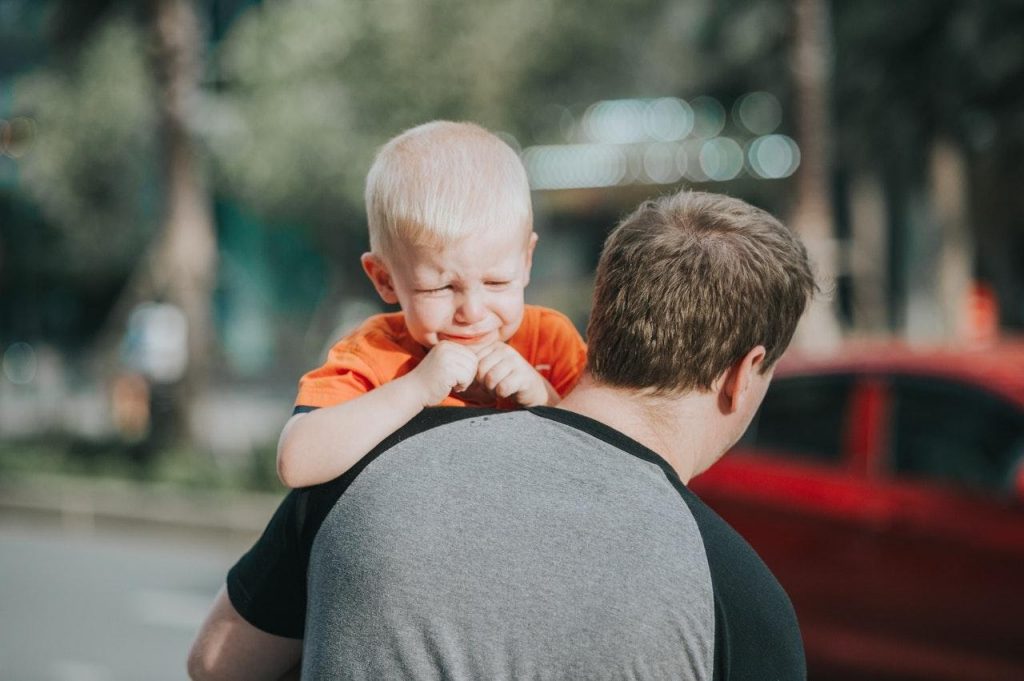
Pre-schooler: 3-4 years
After years of sound sleep in a dark room, suddenly your growing toddler tells you that he/she refuses to go into a room alone because it’s dark or starts being petrified of shadows in his/her bedroom. Why is this so? Blame it on your child’s over-active, flourishing imagination. This is the age when kids love to role play, imagining being a superhero, dinosaur and the like. So the minute they see a shadow, they might think that it is a monster or tiger waiting to leap out at them.
With this growing imagination also comes the fear of pets like dogs, cats, and even hamsters! Strange as this sounds, some kids are particularly fearful of an over-friendly dog and start thinking of what might happen if it licks his/her hand. What if the dog suddenly decides to bite me? Look at its sharp teeth!
We all know that kids thrive with routines and the minute just one gets thrown out the window, they get seriously uncomfortable. Even simple things like moving their bed to another corner of the room, getting a new haircut (or first haircut!) or using a new water bottle, all these can be super unsettling for some kids.
How You Can Help:
Dismissing your little one’s fears is the last thing you should do so the best way to manage his/her worries when everything goes pitch black is to ask questions about the fear. What exactly is it that is scary? The shadows? Digging a bit deeper shows that you’re concerned and taking them seriously which is very reassuring. It might help to install blackout curtains or a warm colour night light.
At this age, you can also afford to wait for a while and observe the situation for a bit before you actually jump in to the ‘rescue’. If your child is afraid of the neighbour’s cat, comfort him/her and start off a conversation with a fun fact about cats. In any case, never avoid the scary situation because avoidance more often than not perpetuates the fear; it is like acknowledging that cats are indeed frightening. More exposure to the element of fear will expand your child’s comfort zone and help him/her less anxious about it.
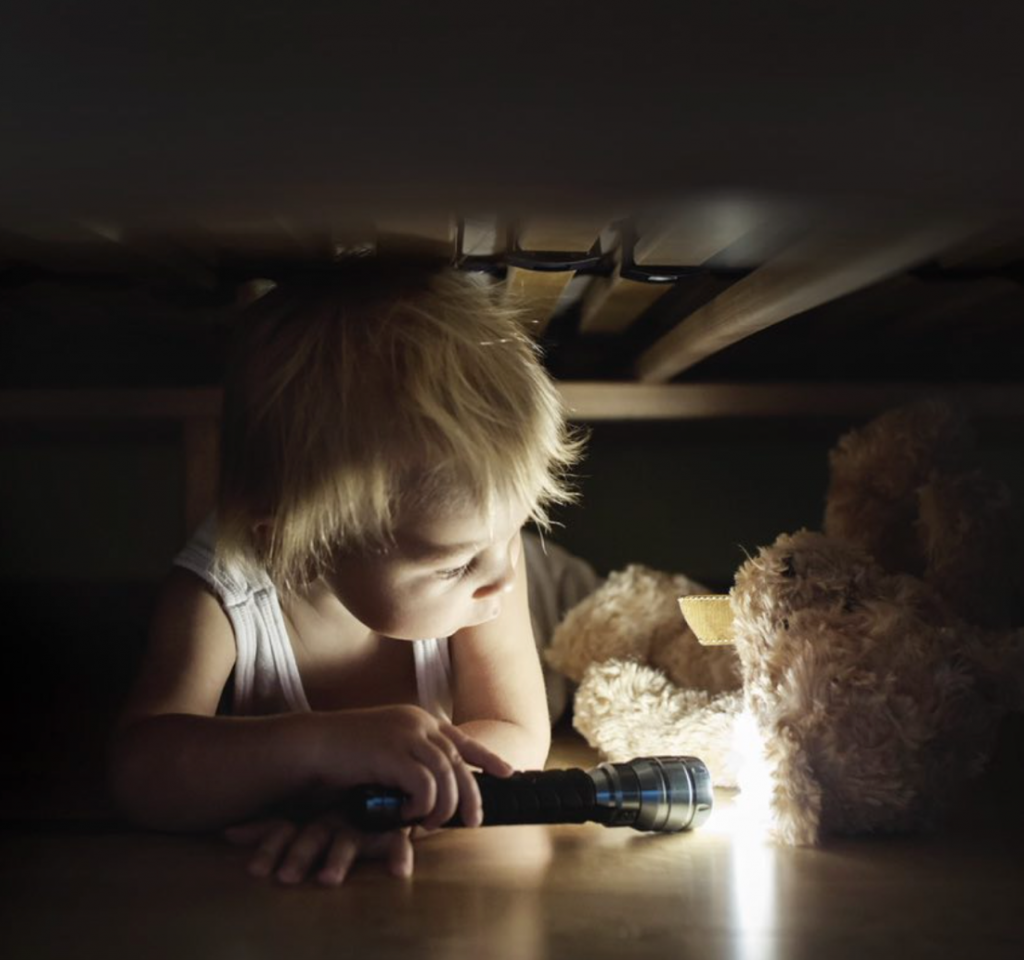
Kindy Age: 5-6 years
School is still new to kids of this age and most of them won’t dare to step out of line, at least for the first few months or so. With this comes the fear of making their teachers mad. They may see their friends getting reprimanded and are worried that they might be next! This fear also goes hand-in-hand with separation anxiety where they might want to avoid school and be home with you so that they won’t be put in a position of making their teachers upset.
Kindergartners still cannot quite distinguish between reality and fiction – it’s all about unicorns and fairies at this point! Nightmares feel very real at this age and some kids are even afraid to go to bed because of this, but know that this is part and parcel as the child’s brain develops.
While random loud noises scare the daylights out of infants and tots, this older bunch of kids are fearful of specific sounds like the roaring thunder and howling winds on a rainy day. This is especially so when they do not know where these sounds come from. Their curious minds cannot quite grasp cause and effect and not knowing how these loud noises come about is scary!
It’s also at this age where kids start to sniff and cough more than usual because of school. Their heightened confidence in running and jumping too makes them more prone to falls and injury. For some kids, they would push the limits and be still as jumpy as a bunny even when they are sick. Others will develop a fear of being ill and having to go to the doctor.
How You Can Help:
Acknowledging the fear, listening to your child, and offering explanations work best at this age. No matter how trivial you think that fear is, it is important not to dismiss it by telling them that it is ‘nothing’ or that it’s just their mind playing tricks on them. Doing so only sends a message that whatever they are feeling is wrong and this could stunt their ability to appropriately manage such emotions in future. If your child comes home from school all teary-eyed or wakes up in the middle of the night screaming because of a bad dream, empathise with him/her, offer comfort, and explain the situation as objectively as possible.

Big Kid: 7-11 years
Ahhh, the primary school years, when kids are aware of their surroundings, situations, and exposed to all kinds of stimuli at home, in school, and sadly, on social media. Tragedies at home and around the world flood the news and while they may not be directly happening to someone they know, a kid this age feels that it just might!
Your once brave soul who used to play with beetles and spiders is now afraid of any creepy crawly no matter how small. Once again, their vivid imagination strikes and if these fears are not dealt with, they might even manifest into phobias in adulthood. A 7 year old may also start asking you about illness and death due to the loss of an elderly family member. They might get all choked up when talking about this topic because they fear that it can happen to you!
As your child moves up the years in this age range, they will worry about being rejected, not liked, or judged negatively by their peers. This one will persist for a while and even throughout their adolescent years so approaching it well from the start is key to helping your child manage it.
How You Can Help:
Gather your facts and find pockets of opportunities to talk about what scares your child. If they are afraid of spiders, embark on a 10-minute hands-on activity about arachnids. Have open conversations with them about friendships and peer pressures in school. If possible, bring in personal anecdotes too and identify with them that worries about rejection and acceptance are part and parcel of growing up. You can even start working out strategies together on how they can cope with these feelings and mounting peer pressures. Whatever the case, never discount your child’s fears because what might seem insignificant to you is actually an enormous emotional challenge to them.

Adolescents 12+ years
The tween years are tricky as fears develop not because physical encounters, but more emotional and mental. This is the age when friends mean the world to them and asserting their independence is crucial. They will worry about how their peers think of them and how they will fit into a social circle. No doubt they will always love you and go to you in times of need (although it might not feel that way when full adolescence peaks!), but they’ll be less dependent on you.
FOMO (fear of missing out), that dreaded acronym, also increases here. Being connected to their friends, never wanting to be left out of anything and everything, are matters of life and death to them at this stage. Drama aside, this feeling of missing aside is very real, but gradually they will learn that their connection with their friends remain even if they aren’t a part of every single thing that happens.
How You Can Help:
By the time kids reach adolescence, you will no longer be as intelligent (or sought after) as you think you should be. But take heart, celebrate their curiosity and feed it immensely. Don’t attempt to be the mum who must know it all – let your little grown-up have a chance to take the stage too. Having honest conversations with your little adult here is extremely crucial. Open communication is everything and they need to feel that they are able to go to you to speak about all that is going on in their lives including all their fears. This is not easy for sure as most adolescents naturally transition towards becoming brooding teens, but never give up! Give them the space that they need, but at the same time, make it clear that your door is always open for a hug and a listening ear. Sometimes that is all that they need to overcome their fears and anxieties.
This article originally appeared on Motherswork.



